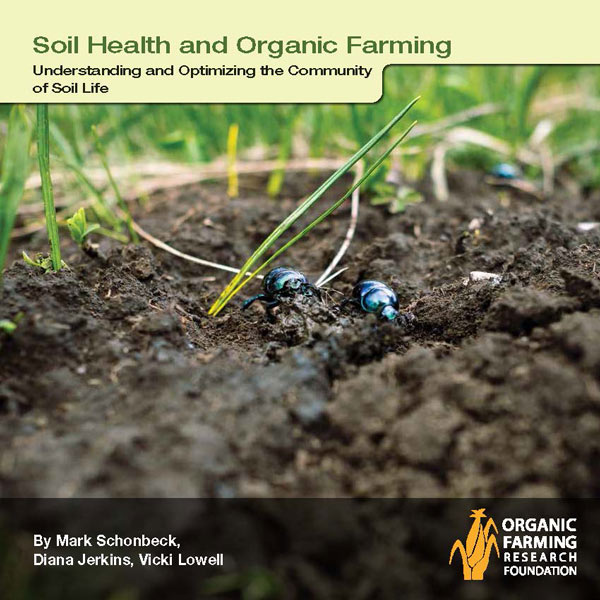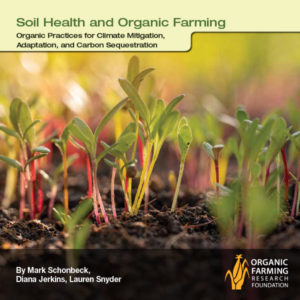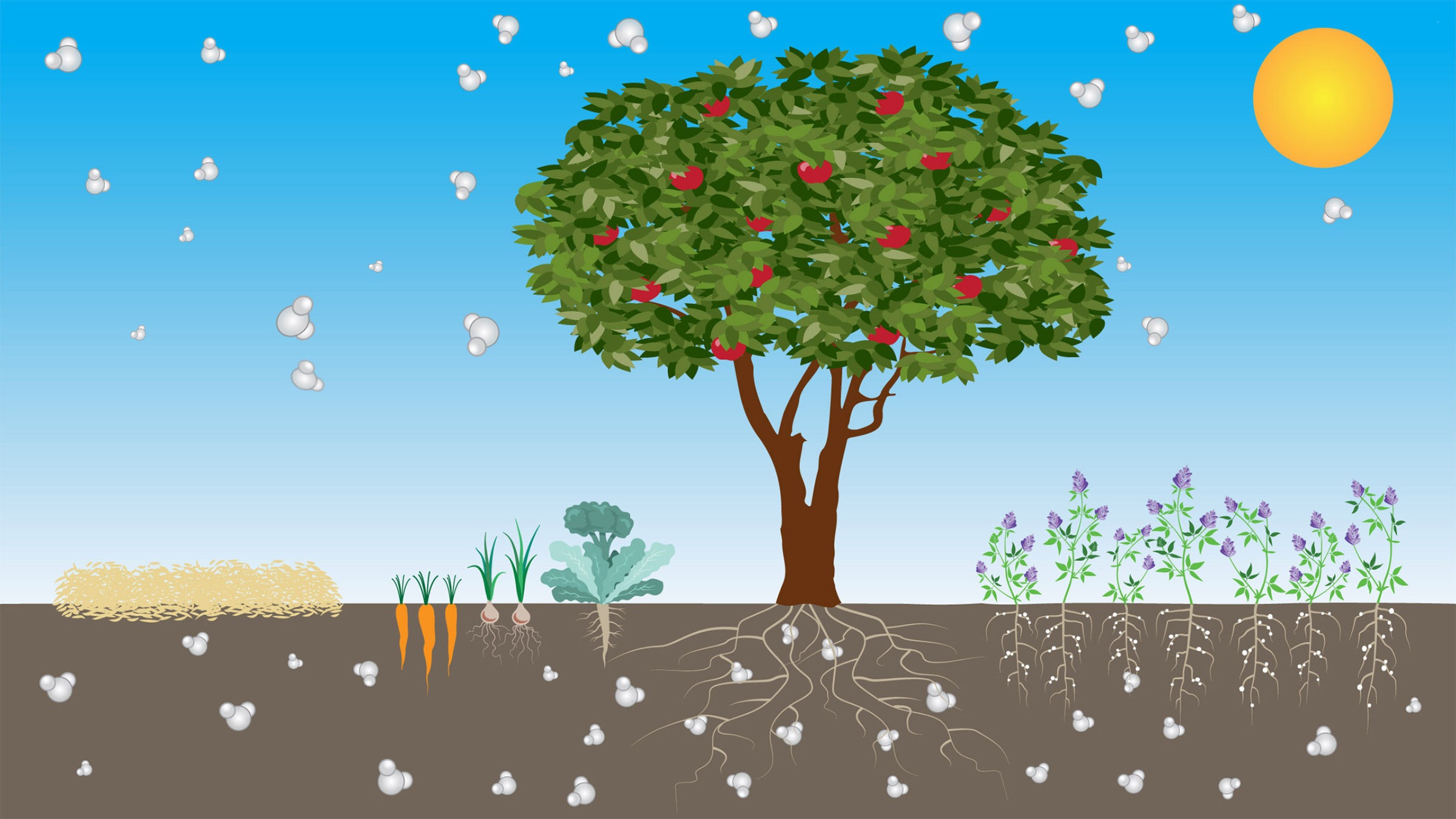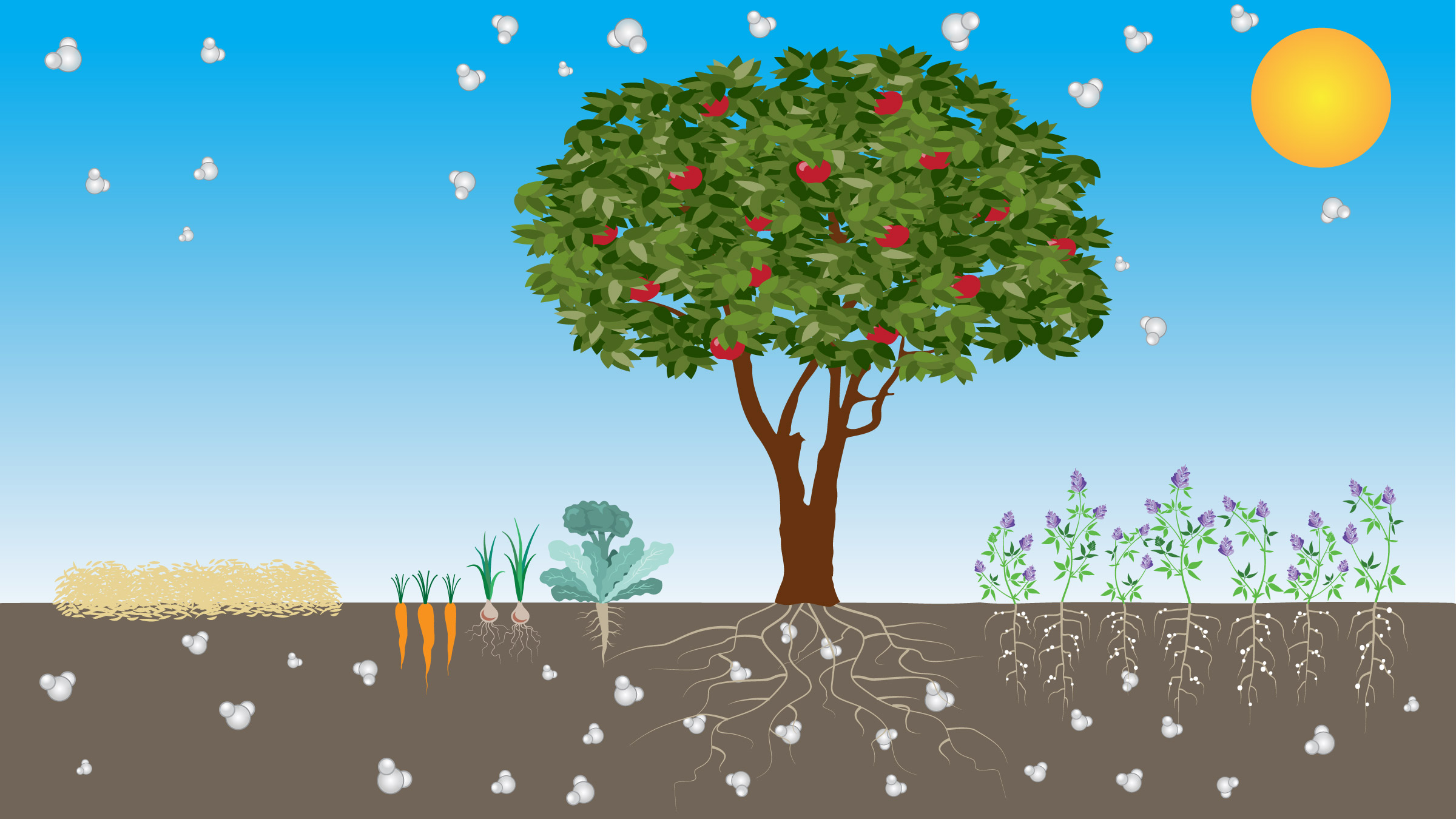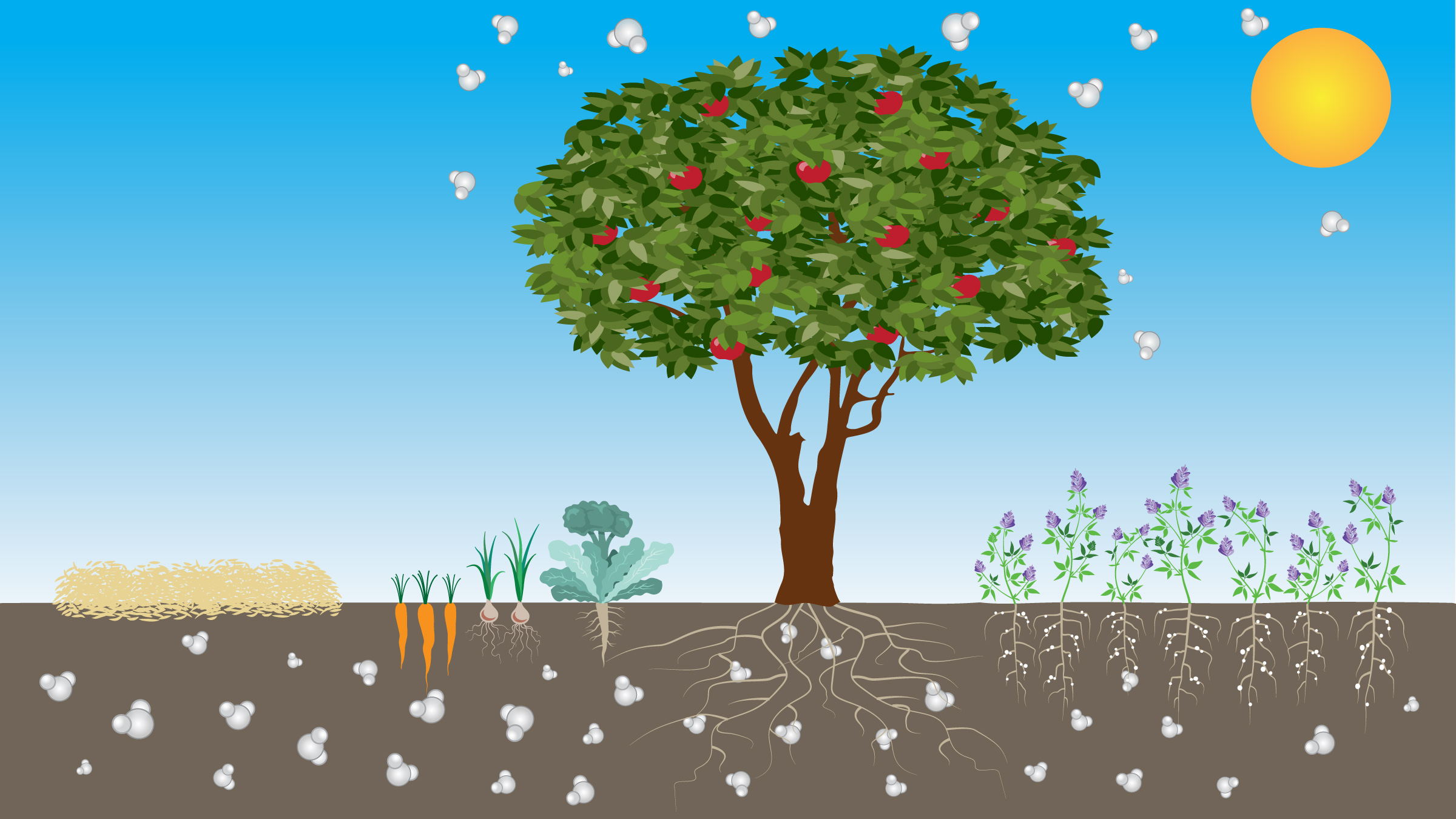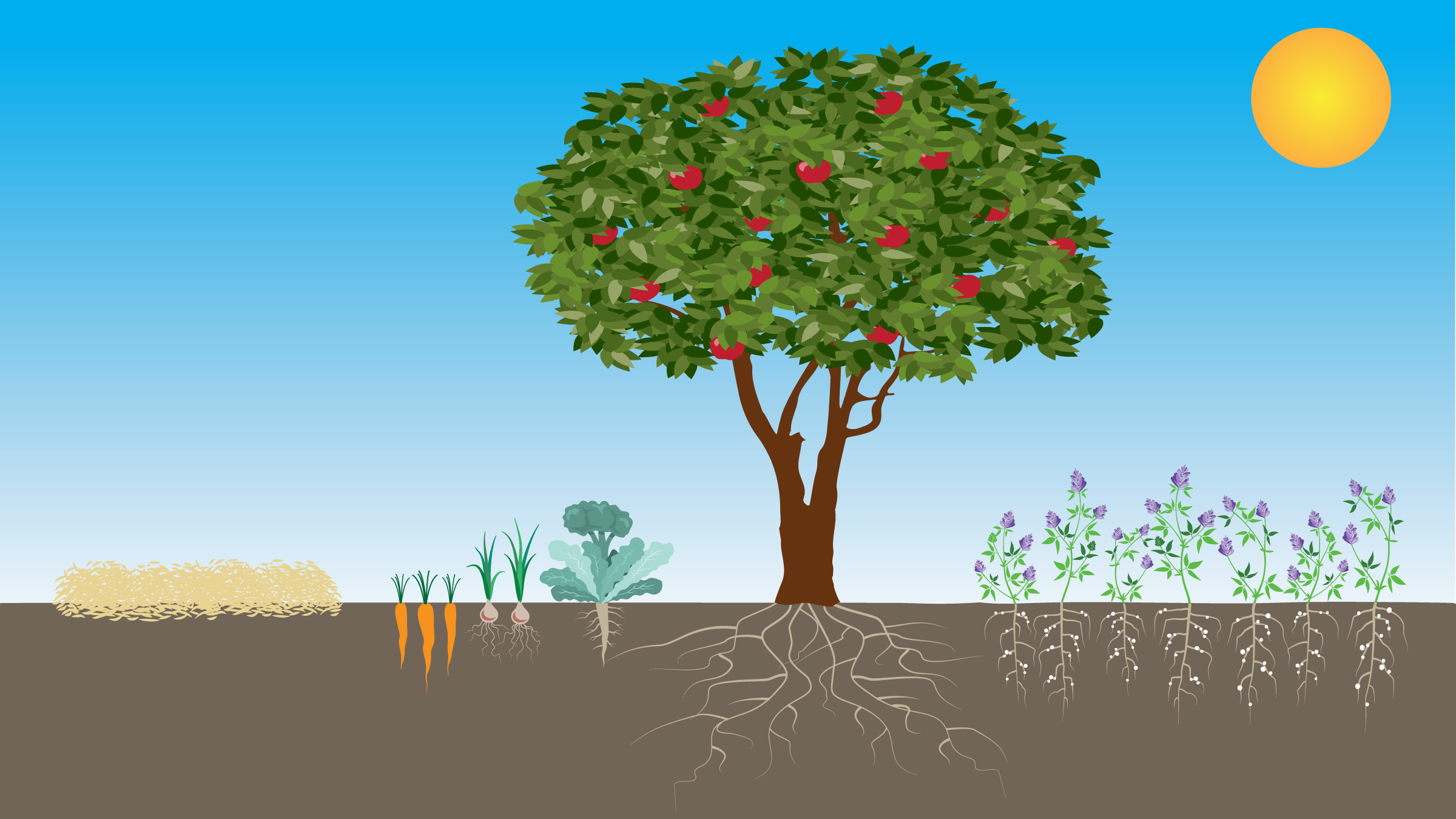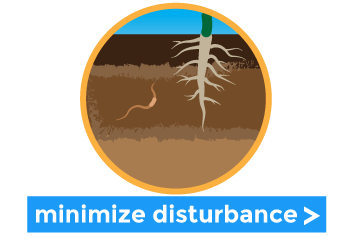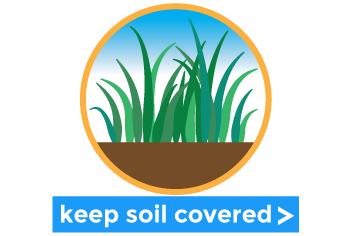Understanding and Managing Soil Biology for Soil Health and Crop Production
Understanding and Managing Soil Biology for Soil Health and Crop Production
The functions of the soil food web and key components in promoting soil health and fertility and sustainable organic crop production, with research-based guidance on organic practices and NOP-approved inputs for improved soil food web function.
The goal of the guidebook is to help organic farmers navigate the wilderness of soil life and soil health management by providing up-to-date, science-based information on:
- The soil food web, its key components, and functions.
- Assessing and monitoring soil life and soil biological condition.
- Managing soil life for long term soil health and productivity in organic systems.
- Biological management of plant diseases.
- Microbial inoculants and biostimulants: whether, when, and how to use them.



